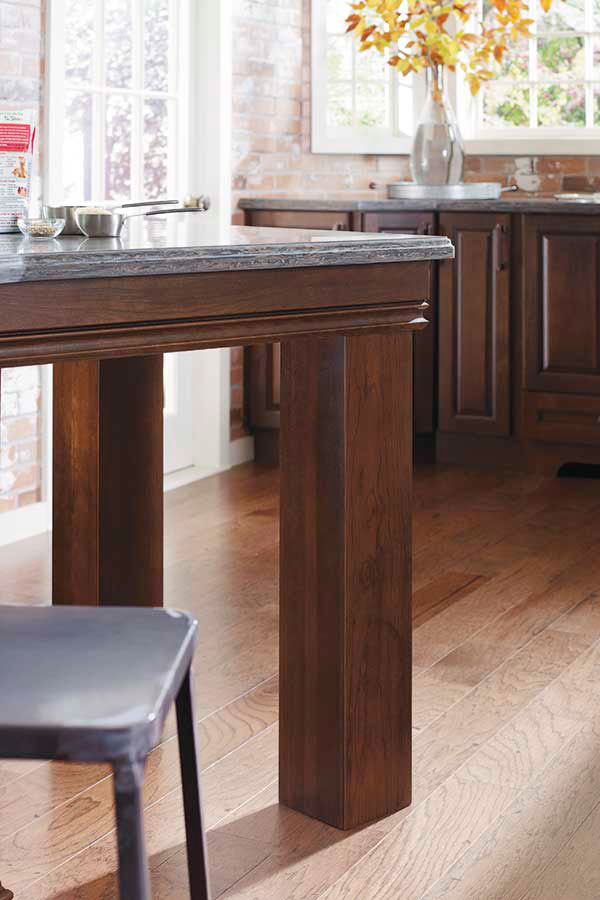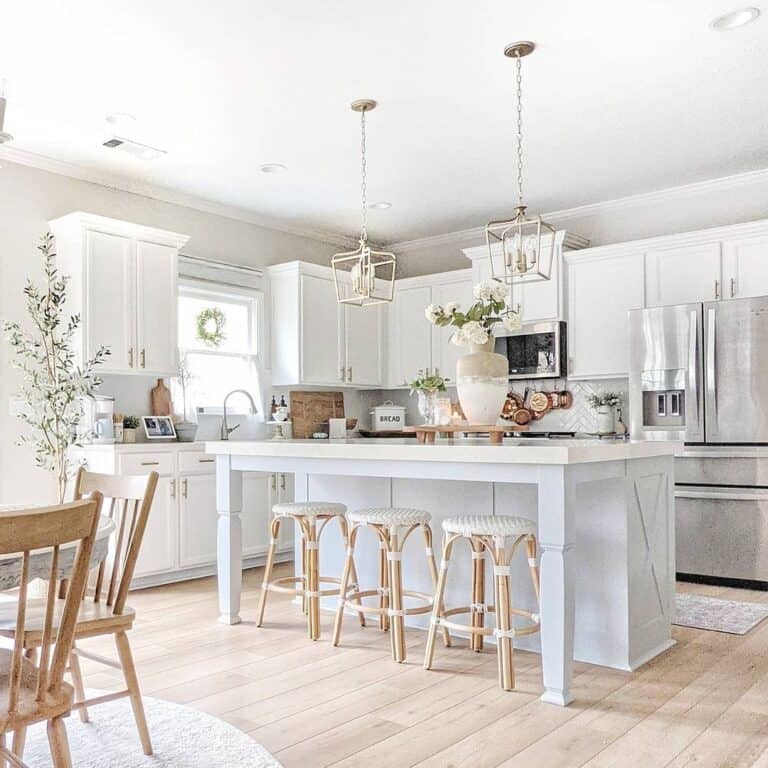Add Appeal and Personality to Your Area with Legs For Kitchen Island Creations
Add Appeal and Personality to Your Area with Legs For Kitchen Island Creations
Blog Article
Discovering the Different Designs of Legs For Kitchen Area Island: What You Required to Know
In the world of cooking area layout, the option of legs for your island is even more than a simple aesthetic decision; it dramatically affects both design and usefulness. Industrial styles can impart a tough character, while rustic farmhouse legs evoke a feeling of warmth and custom.
Modern Metal Legs
Modern steel legs have ended up being a preferred choice for kitchen area islands, providing both durability and a smooth visual. These legs are typically crafted from materials such as stainless steel, aluminum, or wrought iron, making them resistant to tear and wear, which is essential in a high-traffic location like the kitchen. Their robust construction makes certain stability, accommodating the weight of heavy counter tops and day-to-day use.
In enhancement to their strength, modern-day metal legs come in different designs, from minimal to commercial designs, allowing property owners to tailor their kitchen islands to their unique preferences. The reflective surfaces of metal can include a modern touch, boosting the general brightness of the kitchen area area. Steel legs can be matched with a broad array of counter top materials, integrating flawlessly with granite, quartz, or even recovered timber.
One more advantage of metal legs is their convenience of maintenance; they can be just cleaned to remove any spots or spills, guaranteeing longevity and sanitation. On the whole, modern metal legs not just supply architectural assistance for kitchen islands but also contribute dramatically to the visual charm, making them a preferred option for contemporary kitchen layouts.
Typical Wood Legs

Traditional timber legs can take various types, consisting of turned, tapered, or square styles. Turned legs include a spherical account with ornate detailing, including a touch of style. Tapered legs, on the various other hand, supply a more streamlined appearance while preserving a conventional ambiance. Square legs use a robust appearance, which can develop a sense of security and weightiness in the style.
In addition, timber legs can be tarnished or repainted to match existing cabinetry or décor, giving customization options that enhance the overall visual of the cooking area. Pairing these legs with a wood counter top or various other wooden aspects can create a cohesive look, highlighting the warmth and character that conventional wood brings to kitchen islands. Hence, conventional wood legs remain a timeless selection for those seeking elegance and performance in their cooking area design.
Industrial Style Legs

The flexibility of commercial legs allows them to match a variety of countertops, from redeemed wood to polished concrete. Their fundamental strength guarantees resilience, making them ideal for heavy-duty usage. Additionally, the minimalist style often why not try these out related to commercial design legs can enhance the overall area without overwhelming it.
Commercial legs can be integrated into different kitchen area configurations, from open-concept spaces to a lot more compact layouts. Inevitably, industrial design legs can change a cooking area island right into a declaration item, marrying form and feature in a harmonious manner.
Rustic Farmhouse Legs
Rustic farmhouse legs embody an enchanting blend of custom and heat, making them a popular option for kitchens that seek to stimulate a comfy, inviting environment. Characterized by their tough building and construction and natural products, these legs often include wood with a troubled coating, showcasing the charm of imperfections that features age. This visual not only reinforces the farmhouse style but additionally adds personality and credibility to the kitchen room.
Commonly, rustic farmhouse legs are developed with durable, chunky accounts that supply significant support for the cooking area island. Typically crafted from reclaimed timber, they contribute to a sustainable design while using an one-of-a-kind tale with their diverse appearances and tones. The natural grain patterns and knots found in these materials enhance the aesthetic charm and bring a sense of nature inside.
Along with their visual value, rustic farmhouse legs can be coupled with various tabletop products, such as butcher block or rock, creating a harmonious equilibrium in between rustic charm and modern-day functionality. This adaptability permits house owners to personalize their kitchen islands according to personal choices, making certain that the space stays both trendy and functional for daily usage.
One-of-a-kind Attractive Legs
Frequently ignored, one-of-a-kind decorative legs can transform a conventional kitchen area island right into look at more info a declaration piece that reflects individual style and creativity. These legs serve not only as structural assistances however additionally as imaginative expressions that enhance the general aesthetic of the kitchen area.
Offered in a range of designs, special ornamental legs can vary from complex functioned iron scrollwork to frankly turned wood patterns. For those leaning towards a much more contemporary look, sleek steel legs in geometric forms can provide a minimalist yet distinctive charm. Recovered timber legs with artisanal describing bring heat and character, straightening with lasting layout concepts.
Integrating distinct decorative legs into your kitchen area island permits endless customization. Shade, appearance, and type can be controlled to harmonize with existing decor or to present an interesting contrast. Matching a rustic wood top with sleek brass legs produces a striking association that attracts the eye.
Eventually, selecting distinct decorative legs is a possibility to reveal personal preference while guaranteeing performance. By focusing on both style and toughness, property owners can produce a kitchen island that not just stands apart but visit likewise works as a functional centerpiece for cooking endeavors.
Final Thought
Modern metal legs give a sleek look, while conventional timber legs supply heat and personality. Industrial-style legs present an urban appeal, and rustic farmhouse legs highlight natural charm and strength.
A range of typical timber legs can enhance the charm and warmth of kitchen islands, appealing to homeowners who choose a traditional visual. Combining these legs with a timber countertop or other wood elements can create a cohesive look, highlighting the heat and personality that standard timber brings to kitchen area islands. Modern metal legs provide a streamlined appearance, while typical timber legs supply heat and character. Industrial-style legs introduce an urban appeal, and rustic farmhouse legs highlight natural elegance and toughness. Special attractive legs offer as a way of personalization, guaranteeing that the kitchen island not only supports useful use yet additionally improves the overall design of the kitchen.
Report this page